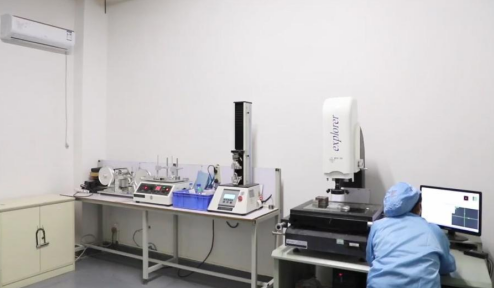Содержание
Why Silicone Products Define Modern Safety Standards
Silicone products have revolutionized industries by offering unparalleled safety, durability, and adaptability. Their resistance to extreme temperatures (-60°C to 230°C), chemical inertness, and hypoallergenic properties make them irreplaceable in critical sectors like food processing, healthcare, and electronics. However, the integrity of these products hinges on one non-negotiable factor: strict adherence to material quality. Substituting silicone with cheaper alternatives not only compromises performance but also triggers irreversible consequences.
Critical Risks of Material Substitution in Silicone Products
Health Hazards: When “Food-Grade” Becomes Toxic
![]()
![]()
Silicone’s safety relies on compliance with international food-contact standards. Substituting it with materials like thermoplastic elastomers (TPE) or low-grade rubber introduces severe risks:
- Chemical Leaching: Inferior materials release toxins such as bisphenol A (BPA), formaldehyde, and volatile organic compounds (VOCs) under heat. For example, a Chinese manufacturer faced EU product recalls after silicone baking molds released VOCs exceeding permissible limits.
- Endocrine Disruption: Certain substitutes emit siloxanes, which may interfere with hormonal systems and pose long-term carcinogenic risks.
- Infant Safety Failures: Counterfeit silicone baby products, such as bottle nipples or teethers, can leach harmful substances during sterilization, leading to allergies or chronic poisoning.
Legal and Compliance Breakdowns


Global regulations like EU Regulation 1935/2004 (food-contact materials) and FDA 21 CFR (medical devices) mandate rigorous material certifications. Substandard silicone triggers:
- Certification Revocation: Altered material composition voids existing compliance reports (e.g., COA, MSDS). Non-compliant products face border rejections, fines, or market bans.
- Intellectual Property Disputes: Unauthorized material use in patented designs (e.g., air fryer liners) risks lawsuits or Temporary Restraining Orders (TROs).
- Criminal Liability: In extreme cases, defective medical silicone products causing patient harm may lead to criminal charges against manufacturers.
Erosion of Market Trust
A single material fraud incident can permanently damage brand reputation:
- Consumer Backlash: Products marketed as “non-toxic” that later fail safety tests lose customer trust instantly. A Shanghai-based brand saw a 70% sales drop after regulators exposed its use of TPE in silicone steamers.
- Recall Costs: Bulk returns due to material defects incur logistics, disposal, and contractual penalties. One exporter to France lost €500,000 recalling VOC-contaminated kitchenware.
- Industry-Wide Distrust: Repeated violations, such as China’s historical issues with food-contact silicone, prompt stricter import inspections and longer lead times for all suppliers.
Performance Failures: The Hidden Cost of Inferior Materials
Degraded Physical Properties
Cheap alternatives lack silicone’s resilience:
- Premature Aging: Substitutes yellow, crack, or soften under UV exposure or chemical contact. For instance, industrial seals made with counterfeit silicone failed within months in a chemical plant.
- Functional Deficits: Thermal conductivity of counterfeit thermal pads dropped from 3.0 W/(m·K) to 1.0 W/(m·K), causing electronics to overheat.
Safety Risks in Medical Applications
Medical-grade silicone requires biocompatibility and autoclave resistance. Substandard materials increase risks of:
- Infection: Non-sterilizable components in surgical tools.
- Device Failure: Implants made with industrial-grade silicone may rupture or trigger immune reactions.
Securing Your Supply Chain: Strategies for Risk Mitigation
Rigorous Supplier Vetting
- Demand full documentation: FDA/LFGB certifications, COA, and MSDS for every batch.
- Use third-party labs like SGS or Intertek to verify material composition and VOC levels.
Transparent Production Protocols
- Implement blockchain or QR-code systems to trace raw materials to finished products.
- Conduct unannounced factory audits to monitor material usage.
Design and Testing Safeguards
- For custom silicone molding, validate prototypes under real-world conditions (e.g., thermal cycling, stress tests).
- For medical devices, conduct ISO 10993 biocompatibility testing pre-production.
Conclusion: Integrity as a Competitive Advantage
Silicone products thrive on trust—trust in their safety, durability, and compliance. While material substitution might offer short-term cost savings, the long-term repercussions—health disasters, legal battles, and brand destruction—far outweigh any temporary gains. By prioritizing certified materials, transparent practices, and relentless quality control, businesses can secure their place in a market that increasingly values ethical and reliable manufacturing.


